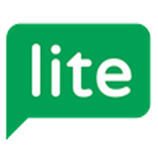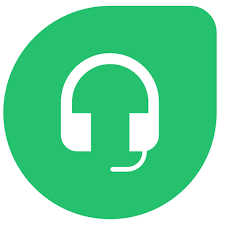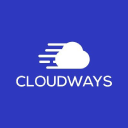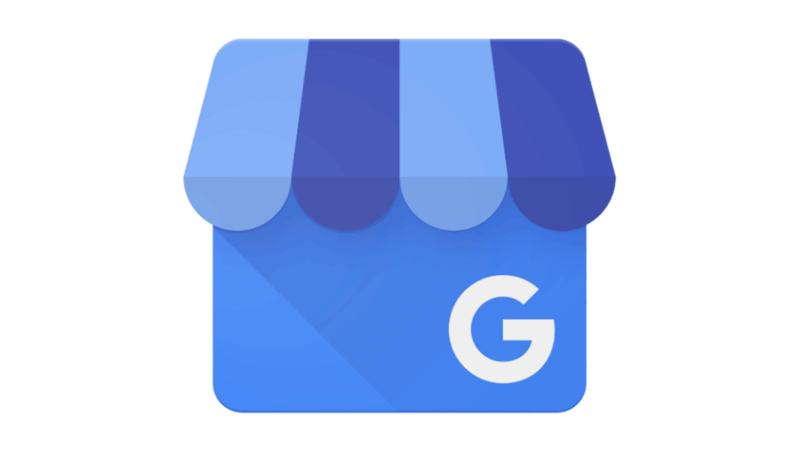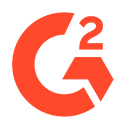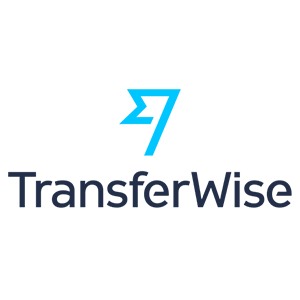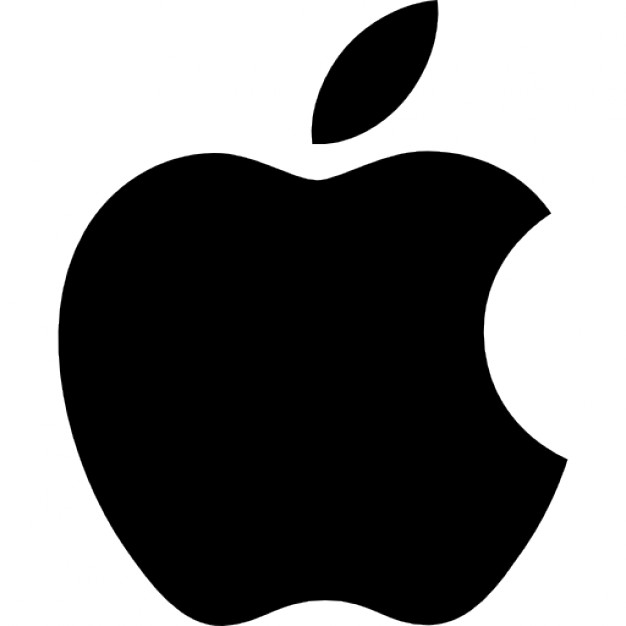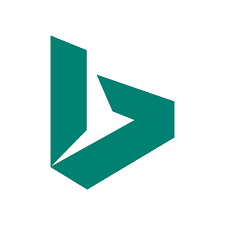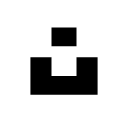A Breakdown To How I Built An $8.5K/Month Deals Website
Hello! Who are you and what business did you start?
Hello, my name is Jasper Cyan (born Jasper Green), I’m 22 and from Australia and the founder of the digital deals and resource platform Deal Quokka, I’m also the founder of the design software company Plasfy which I’ve also been interviewed about here on Starterstory, both of these are under my parent brand Jasrati.
Deal Quokka is your ultimate destination for top software products, creative resources, training materials, and more, it’s perfect for web developers, designers, marketers, small-businesses, bloggers, freelancers, and aspiring entrepreneurs.

The main product on the site is the Deal Quokka VIP Club, which gives users unlimited access to all the digital resources, training, guides, and deals on the website, completely free. The...

Download the report and join our email newsletter packed with business ideas and money-making opportunities, backed by real-life case studies.

Download the report and join our email newsletter packed with business ideas and money-making opportunities, backed by real-life case studies.

Download the report and join our email newsletter packed with business ideas and money-making opportunities, backed by real-life case studies.

Download the report and join our email newsletter packed with business ideas and money-making opportunities, backed by real-life case studies.

Download the report and join our email newsletter packed with business ideas and money-making opportunities, backed by real-life case studies.

Download the report and join our email newsletter packed with business ideas and money-making opportunities, backed by real-life case studies.

Download the report and join our email newsletter packed with business ideas and money-making opportunities, backed by real-life case studies.

Download the report and join our email newsletter packed with business ideas and money-making opportunities, backed by real-life case studies.


